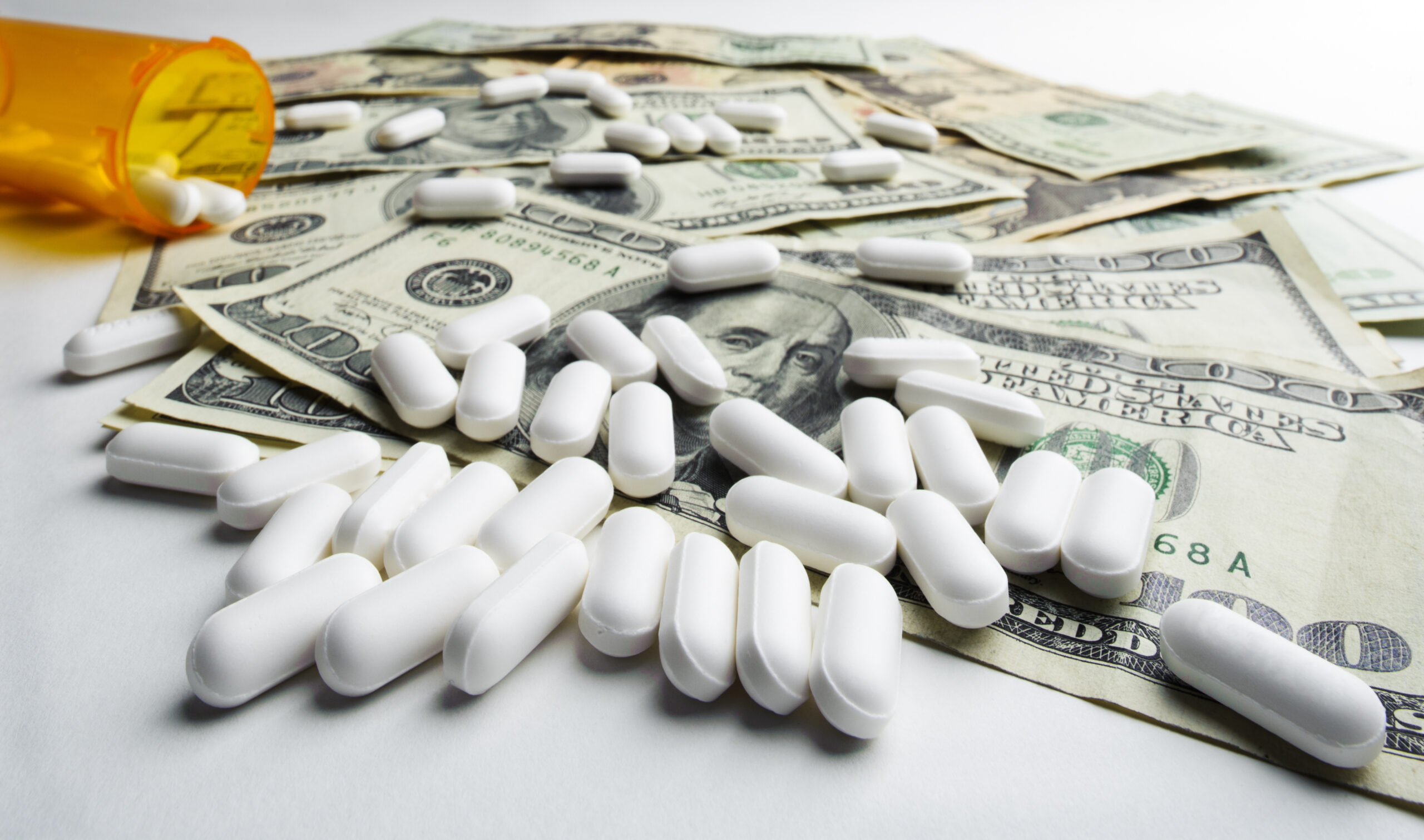© 2025 CSRXP- All Rights Reserved

ICYMI: National Journal article features CSRxP’s White Paper
Apr 21, 2015
In Case You Missed It…
This morning, the National Journal published an article regarding an increase in public concern over the high cost of prescription drugs. The article references CSRxP’s white paper, “Specialty Drug Hyperinflation: The Risk to Patients and the Health Care System.” The white paper is located at www.csrxp.org, and the National Journal article is featured in its entirety below.
Soaring Drug Prices May Be the Next Big Thing for 2016 Contenders
New polling finds public is concerned about rising cost of prescription drugs.
BY DYLAN SCOTT
April 21, 2015 Headlines consistently warn that prices for prescription drugs are spiking higher and higher. Half of Americans are taking them regularly. Obamacare touched most corners of the health care industry, but didn’t address drug costs specifically.
Now Hillary Clinton is signaling in public comments that prescription-drug affordability will be a priority in her coming campaign. “We need to drive a harder bargain negotiating with drug companies about the costs of drugs,” she said in Iowa last week, per MSNBC.
The issue is shaping up to be one of the next frontiers for health care reform in this country.
That was also the conclusion of a Kaiser Family Foundation poll released Tuesday morning. Asked what the next health care priority should be for the White House and Congress as Obamacare settles into its fifth year, 76 percent of Americans said “making sure that high-cost drugs for chronic conditions … are affordable to those who need them.” And 60 percent, including a slim majority of Republicans, said they support government action to lower prescription-drug prices.
The day before the Kaiser poll came out, the Campaign for Sustainable Rx Pricing, an offshoot of the National Coalition on Health Care, a broad advocacy group, released a report titled “Specialty Drug Hyperinflation: The Risk to Patients and the Health Care System.” (The report’s diagnosis was dire).
It is easy to figure out why the public is interested in prescription costs. A recent Centers for Disease Control and Prevention report found that nearly half of Americans take at least one prescription drug. Other studies have put the number as high as 70 percent. More than 20 percent of Americans had taken three or more prescriptions in the last 30 days, the CDC said.
At the same time, prescription-drug prices are spiking. In November, the Chicago Tribune reported that the average price for the 50 most popular generic drugs had increased 373 percent from 2010 to 2014, from $13.14 to $62.10. A May 2014 Bloomberg report tracked similar trends: One diabetes drug’s price increased 160 percent from 2007 to 2014, while the overall consumer price index went up by just 12 percent. (The drug industry has contended that high out-of-pocket costs resulting from insurance plan designs are to blame for the pinch Americans are feeling.)
One popular idea among Democrats is allowing the federal government to negotiate with pharmaceutical companies on the cost of prescription drugs for Medicare, which covers more than 50 million Americans. President Obama put the idea in his 2016 budget, though it was restricted to some high-cost specialty drugs. Liberals have pushed for negotiating the price of all drugs covered under the government insurance plan.
Republicans have warned that Medicare’s size means such a measure would lead to outright price controls, though the party’s presidential contenders have been quiet on the issue in the early going. Sen. Marco Rubio proposed a broader overhaul of federal regulation last year, creating a new review board to help assess regulations’ costs, a move that conservatives argue would help bring drug (and other products’) costs down.
Given the Kaiser poll’s findings and Clinton’s comments, they’ll likely be talking about it more soon.
Lawmakers and White House aspirants will have a pretty clean slate to work with. Prescription drugs are one of the 10 essential health benefits that insurance must cover under the Affordable Care Act, and the law has extended health coverage to upwards of 20 million Americans.
But it didn’t do much to systematically address drug costs. “Technically nothing,” is the way California Healthline put it last year, though there are a few relevant provisions that lower costs for payers: The law expands the Medicaid’s drug rebate program and closes the Medicare donut hole.
The law might give the federal government some authority to regulate prescription coverage on Obamacare’s insurance markets, says Larry Levitt, vice president for the nonpartisan Kaiser Family Foundation, but the government has little authority under current law to regulate costs in the employer market, where most Americans get coverage.
“The ACA doesn’t really have any provisions targeted at bringing down the cost of drugs overall,” Levitt said. “Prescription drugs are by far the fastest growing part of the health system right now.”
